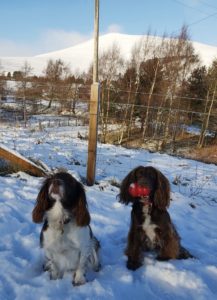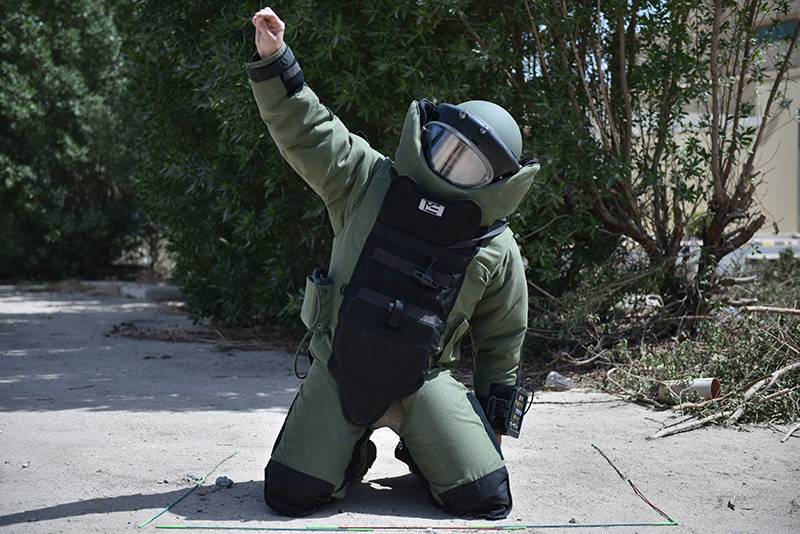Keeping dogs safe in winter
Normally we confine our p'updates to a quick social media post. But today's tips on how to keep your dog safe in winter is deserving of a whole post. Here's how to SAFELANE your dog in extreme conditions.
At HQ in Ross, in our Gillingham office in Kent and across the border in Presteigne - so many SafeLane staff have dogs!
During 'normal' times when we're working in the office, there's seldom a day without a dog on site.
Consequently, despite being super busy supporting our international detection dog projects, SafeLane's Canine Technical Managers Bob Crawford and Helen Clark are regularly asked to share training tips, nutrition facts and 'how to care for your four-legged friend' information with the wider team.
During lockdown, they have continued to help with regular p'updates that we've been sharing on social media.
Today, as some parts of the UK have got snow, we have a special post about caring for your dog the SAFELANE way!
How to keep dogs safe and warm in extreme conditions
Salt – Rock salt is used in combination with sand or gravel to grit icy roads and pavements. The salt can damage paw pads and is toxic if swallowed so ensure you always wash paws as soon as you get home to prevent your dog from licking it off themselves.
Antifreeze – Antifreeze containing ethylene glycol is poisonous to dogs so ensure you keep it out of reach and mop up any spillages.
Frostbite – Dogs can suffer from frostbite, especially on their extremities, the tips of their ears, tail and toes. Although not usually life-threatening it can lead to hypothermia.
Extra warmth – most dogs are fine with short periods in the cold but some definitely need extra warmth from wearing a coat.
Long hair around the paws can become clogged with hard ice balls causing pain and discomfort. Remember to regularly clip the fur around the paws to prevent the ice balls from forming.
Always warm your dog gradually when you return home. Wash paws in tepid water and cover your dog with a warm towel, do not use a hairdryer, a radiator or hot water to warm them up.
Never let you dog eat snow. The snow may look nice and clean but it could be contaminated with toxic substances or there may be harmful objects buried beneath the surface such as sticks or rocks. Eating snow in large quantities could dangerously lower your dog’s body temperature causing hypothermia.
Evening or early morning walks can be more hazardous because of reduced visibility. Ensure you and your dog can be seen. High visibility clothing for dogs and owners will help motorists to see you. A reflective coat or flashing collar or a combination will ensure your dog can be seen.
Learn more from Bob and Helen in our subject matter expert video series, The SafeLane Way.

Find out how we can help you


